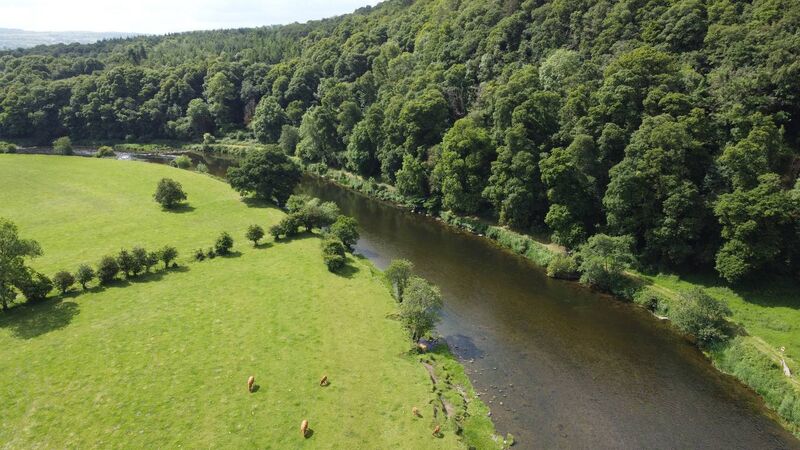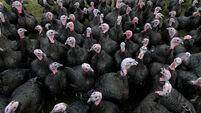Wed, 12 Jun, 2024 - 16:36
Rachel Martin Farming Editor
There have been no signs yet of improvement in Irish water quality over the six years, a new report published by the EPA has revealed, as the agency warns more action is needed.
The news comes just a week after Teagasc launched its “Better Farming for Water” project, a multi-purpose action plan to support and advise farmers on practical measures to protect water.
Already a subscriber? Sign in
You have reached your article limit.
Subscribe to access all of the Irish Examiner.
Annual €130 €80
Best value
Monthly €12€6 / month
Introductory offers for new customers. Annual billed once for first year. Renews at €130. Monthly initial discount (first 3 months) billed monthly, then €12 a month. Ts&Cs apply.












